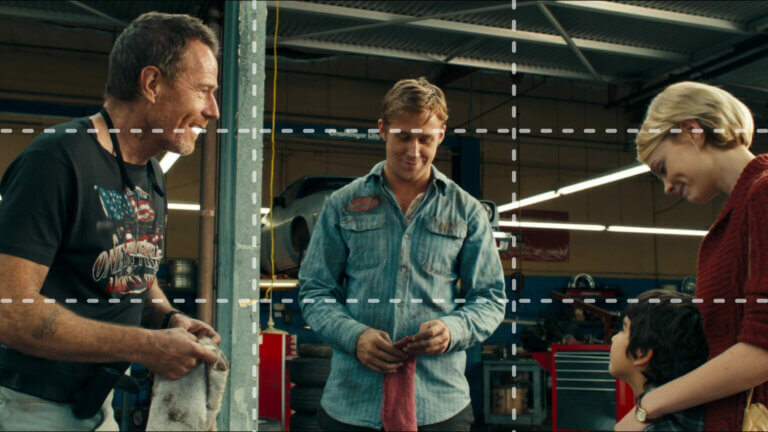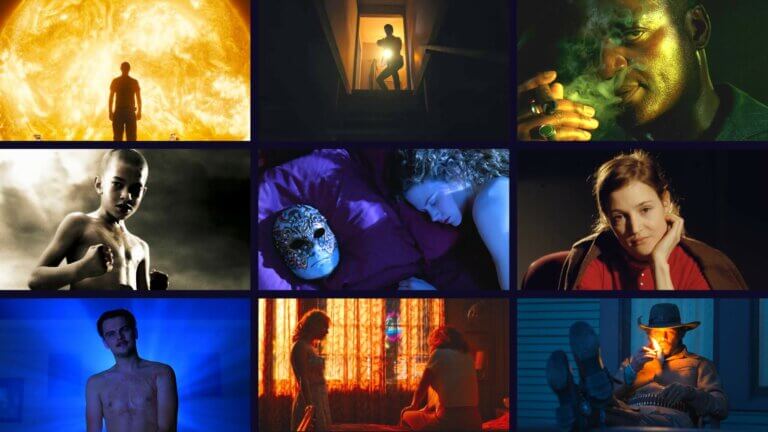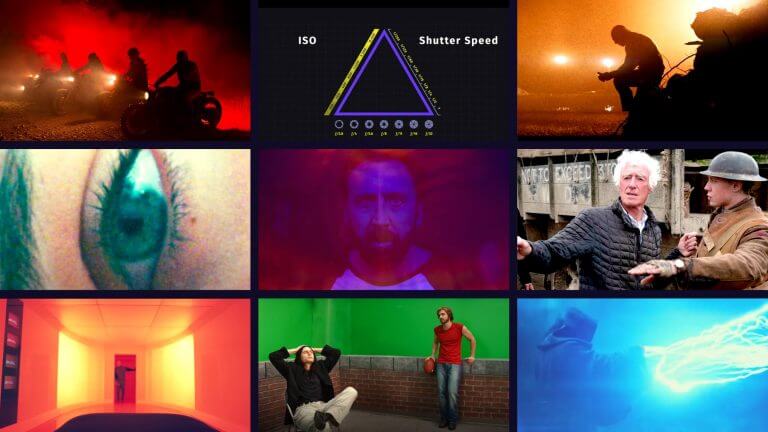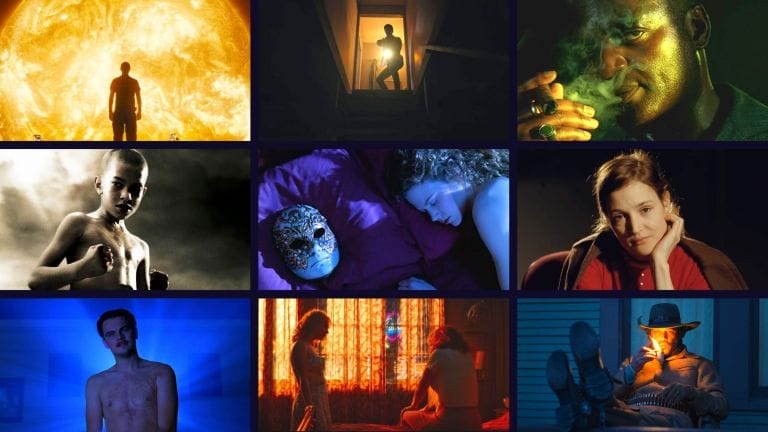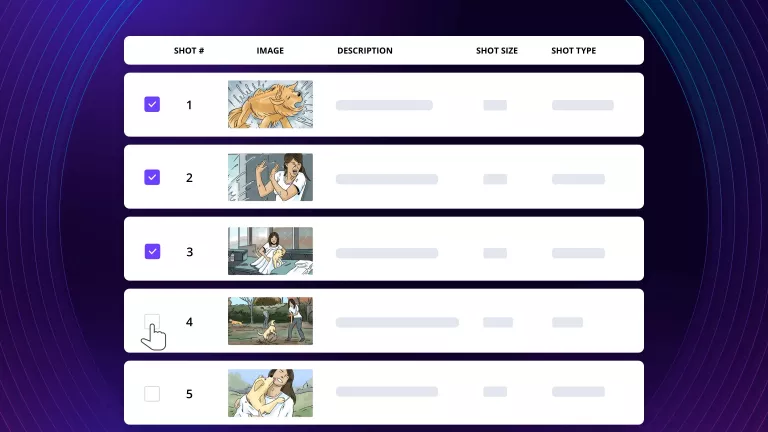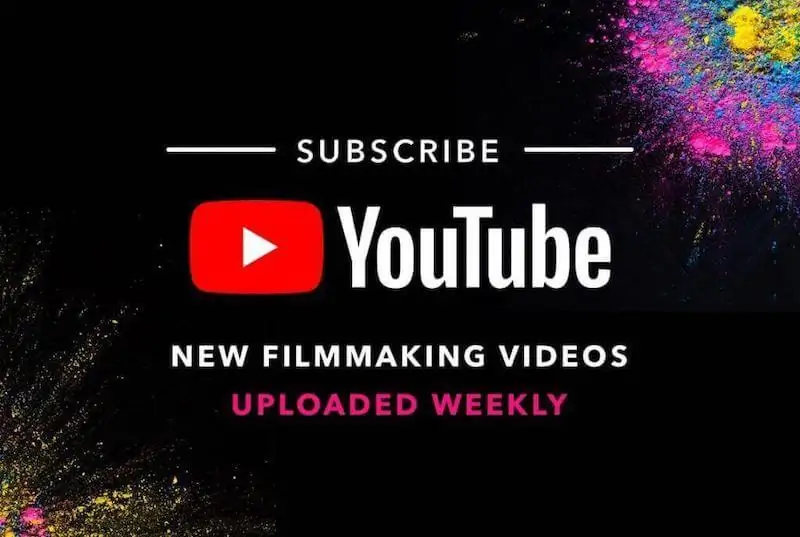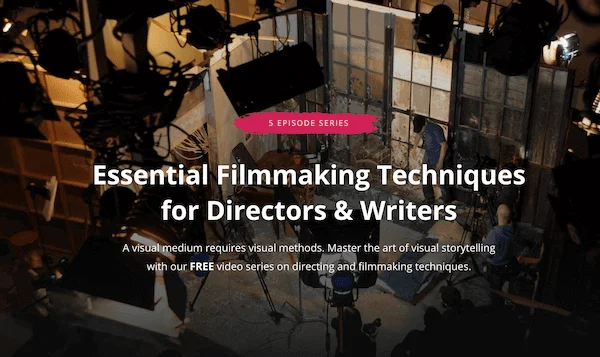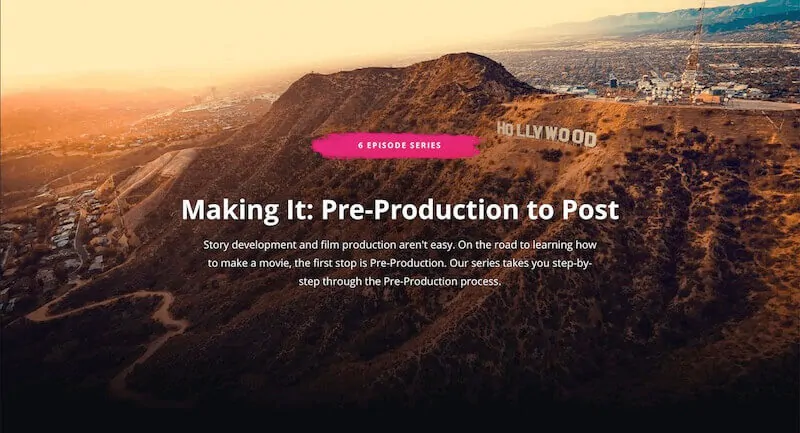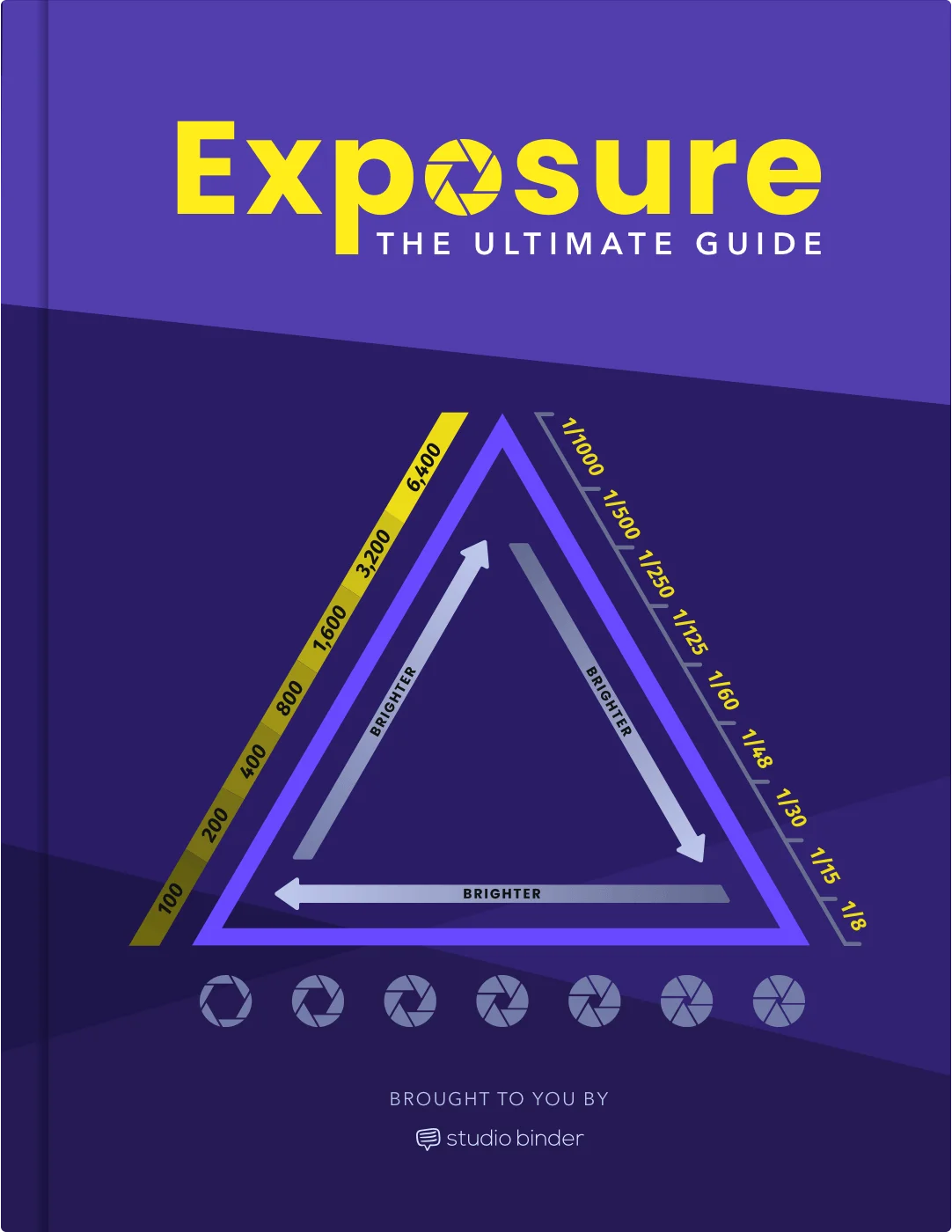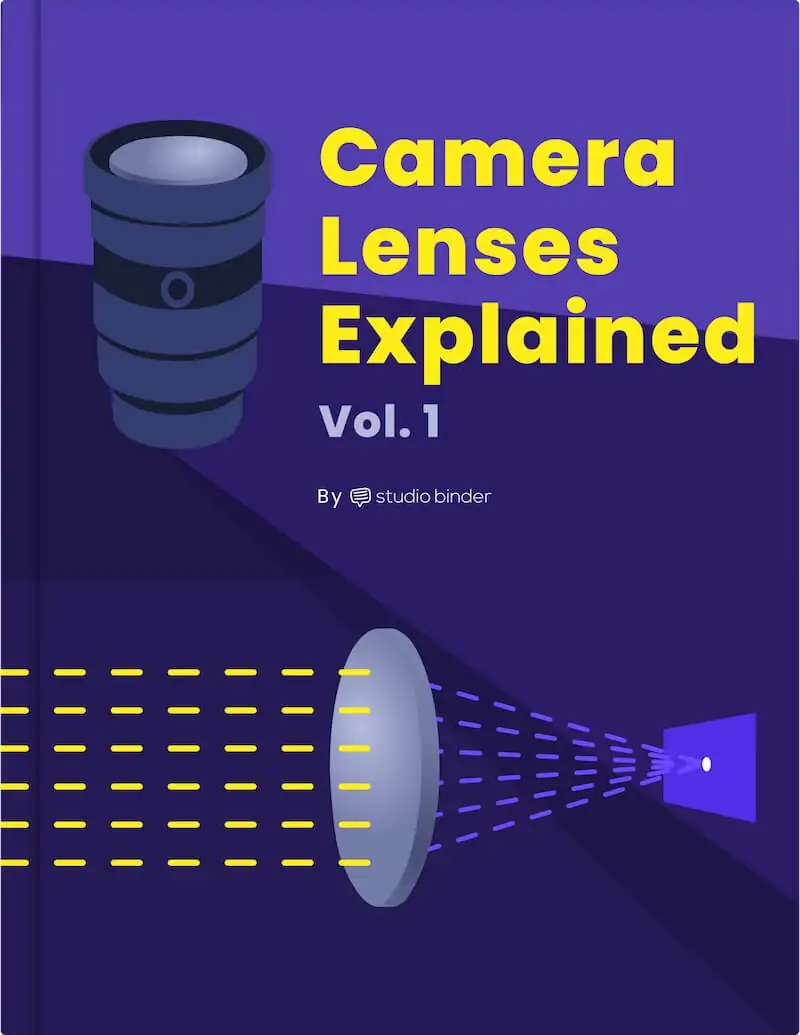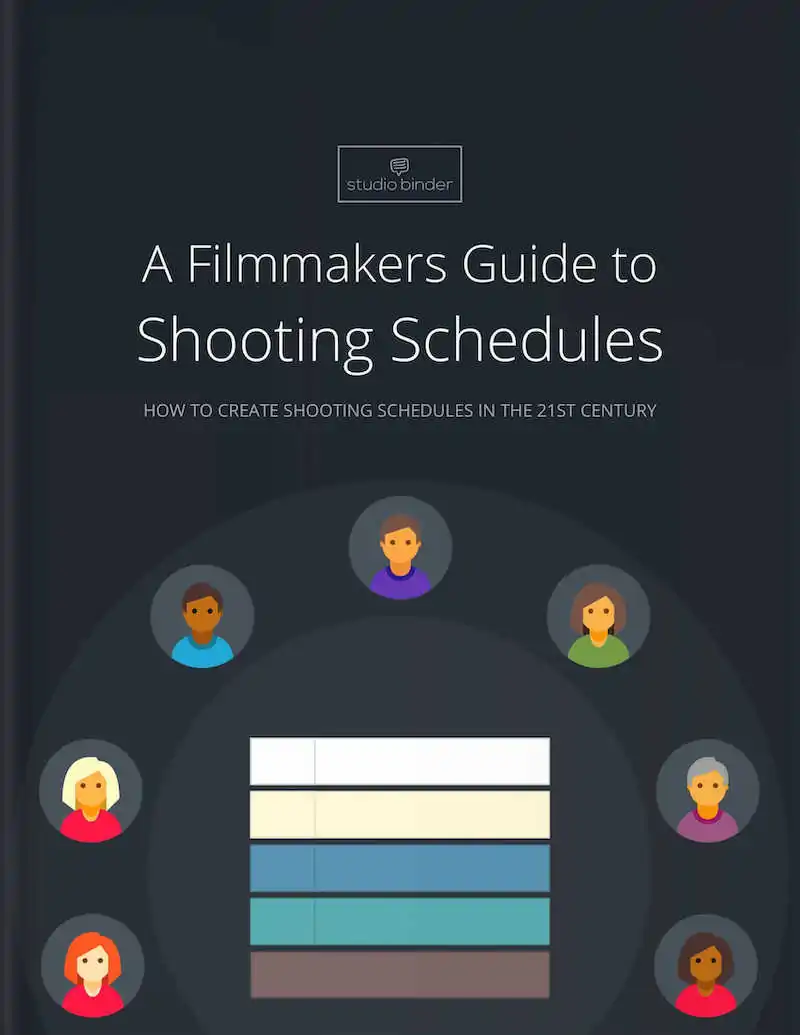The dolly zoom is one of the most discussed cinematic techniques. You can use them in many ways, but a great director will find a logical reason to include them. When paired with the correct story moment, the dolly zoom can draw the audience into the story and the character's state of mind. Continue reading What is a Dolly Zoom — Scene Examples of the Vertigo Effect
Telling a story isn’t enough. You have to grab your audience by the eyeballs. Whether you’re a seasoned director or just learning what framing in film is, the way we see things is just as important as the things themselves. In his video essay on Drive, Tony Zhou uncovers 4 simple rules of composition that can make your shots out-of-the-box. Continue reading Rules of Composition: How to Show Deeper Meaning in a Single Frame
Cinematography is the art of crafting visuals for motion pictures. It takes years of practice to cultivate a consistent craft and keen eye for filmmaking. That’s what separates great cinematography from cliche movie making. Before honing a craft, a deep knowledge of what it entails is critical.Continue reading What is Cinematography? Defining the Art and Craft
It’s 2021, and just about every cell phone you can get your hands on has a camera. In some cases, the cameras on your phone rival ones used by professional photographers and filmmakers. But for most of us, the cameras that come on a cell phone do just enough to satisfy. As such, we have provided a list for you to look through, featuring the best cell phone cameras available today. For your convenience, we have ranked them in order of price, from lowest to highest. Continue reading Best Cell Phone Camera — Latest Models, Prices, & Features
ISO is an essential part of photography – but it can be tricky to understand how it differs from the other pillars of the exposure triangle: aperture and shutter speed. If you’re confused, you’ve come to the right place. We’re going to explain what ISO means by defining the term, as well as by looking at some common ISO values and examples. By the end, you’ll have a complete beginner’s guide to ISO.Continue reading A Beginner’s Guide to ISO in Photography
Cinematography is a term that includes many elements of filmmaking. If that sounds intimidating, fear not, because today in our beginner’s guide to cinematography techniques, we’re going to look at a bunch of different examples so that you can see what they look like in action. By the end, you’ll know what the major cinematic shots are, and how to capture them. Let’s explore the world of cinematography!Continue reading A Beginner’s Guide to Cinematography Techniques
The term “coverage” is used in the world of film all the time – but what is coverage in film? Fear not, today we’re going to answer that question by breaking down its definition alongside some examples. By the end, you’ll not only know what film coverage is, you’ll know how to identify its different types. Continue reading A Beginner’s Guide to Film Coverage
[tcb-script type="application/ld+json"]{"@context":"http://schema.org/","@type":"ItemList","itemListOrder":"http://schema.org/ItemListOrderAscending","itemListElement":[{"@type":"ListItem","position":1,"item":{"@type":"CreativeWork","name":"Free Shot List & Storyboard Software for Creatives: StudioBinder","description":"Visualize your scenes with intuitive shot list and storyboard software, built natively into the world’s leading video, TV & film production management software.","url":"https://www.studiobinder.com/shot-list-storyboard/","image":["https://s.studiobinder.com/wp-content/uploads/2017/06/StudioBinder-Shot-List-Template-and-Storyboard-Template-Shot-List-Software.png"],"id":"shot-list-storyboard"}},{"@type":"ListItem","position":2,"item":{"@type":"CreativeWork","name":"How to Make a Shot List Using StudioBinder’s Shot List Software","description":"Maximize your shooting days by learning the ins-and-outs of shot lists. This step-by-step guide explains everything on how to make a shot list.","url":"https://www.studiobinder.com/blog/how-to-make-a-shot-list-software/","image":["https://s.studiobinder.com/wp-content/uploads/2018/01/How-to-Make-a-Shot-List-with-StudioBinders-Shot-List-Software-Header-StudioBinder.jpg"],"id":"how-to-make-a-shot-list-software"}},{"@type":"ListItem","position":3,"item":{"@type":"CreativeWork","name":"Shot Listing Like a Pro: When Do You Create a Shot List?","description":"Written by a working 1st AD, we'll cover the value of shot lists, and provides real-world examples of when you need to make a shot list…
There will be moments in any good story where the main character is under duress. Where something is... wrong. How does a filmmaker convey this? With a Dutch angle. A Dutch angle is a classic cinematic technique to create unease inside the mind of the viewer. In this post, we’ll break down Dutch angles so that you can use them in your next project. Continue reading Dutch Angles: Creative Examples of Camera Movements & Angles
What is the rule of thirds? The rule of thirds is an effective way to frame the elements in your scene so that the resulting image is much more visually captivating. Like most other filmmaking “rules,” it’s not really a rule at all — more of a golden guideline. It’s also an incredibly easy rule to try: any level photographer or cinematographer can use it. First, let’s define it by showing you some rule of thirds examples, then explore how it’s used in film. Continue reading What is the Rule of Thirds — Definition and Examples

